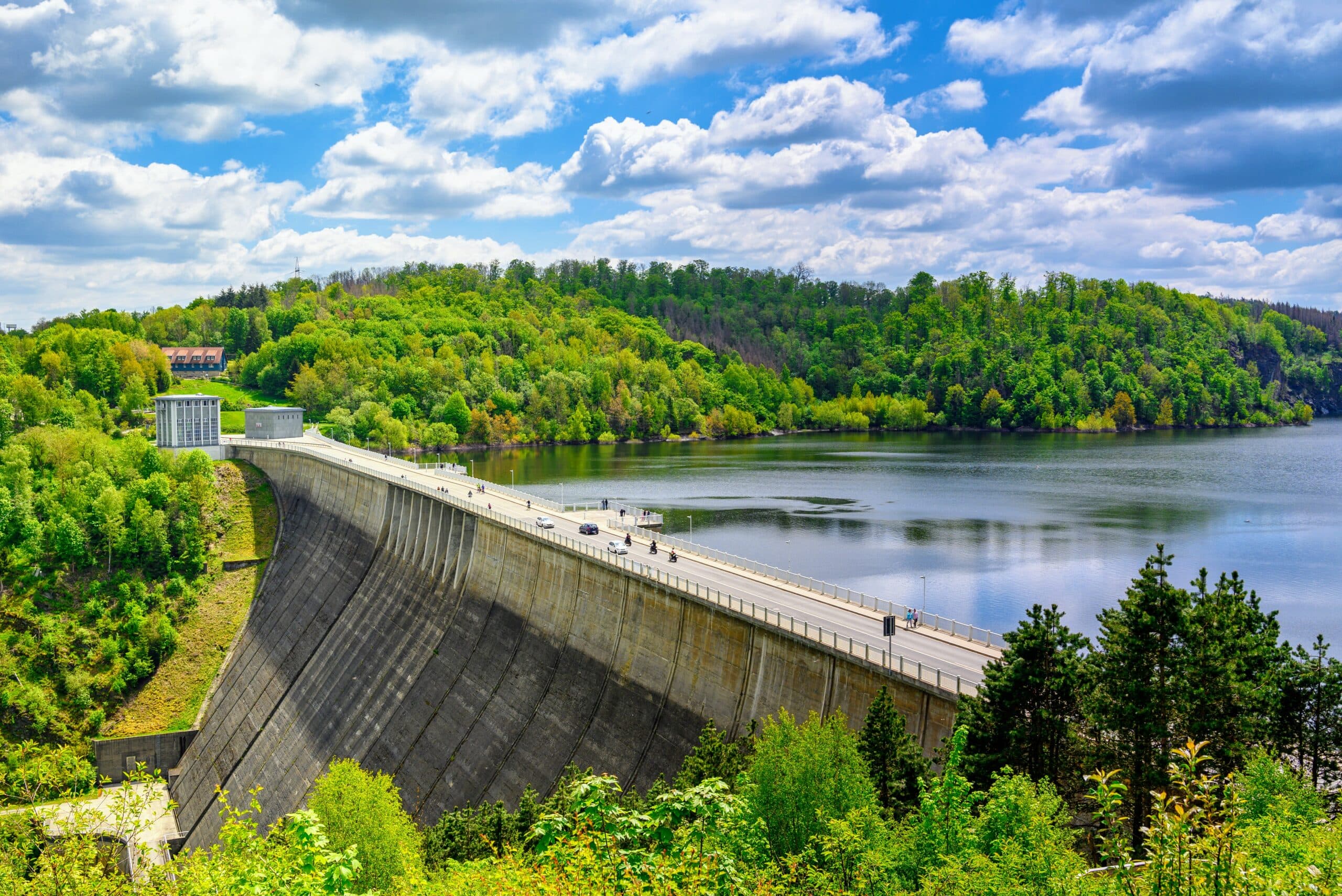
Drinking water quality will suffer from climate change
The quality of drinking water will suffer as forests disappear due to climate change, according to a new study from the Helmholtz Centre for Environmental Research (UFZ). The experts note that the detrimental effects of climate change are particularly apparent in Germany’s largest drinking water reservoir, the Rappbode reservoir, which provides drinking water for roughly one million people.
Between 2015 and 2020, long periods of drought severely weakened the tree population in the Harz region, where parasites such as bark beetles had already caused a significant amount of damage. The additional strain of drought was too much for the trees, and they were quickly wiped out.
“Over the past four years, the Rappbode catchment area, characterized by conifers, primarily spruce, has lost over 50 percent of its forest,” explained UFZ hydrologist Professor Michael Rode. “This massive forest dieback is advancing rapidly and is dramatic. This will have consequences for the drinking water reservoir.”
Forests are needed for good water quality because they filter water and bind nutrients. Water with less nutrients, such as nitrogen or phosphorus compounds, are easier to treat.
“This makes it more difficult for algae to develop, making drinking water treatment in the waterworks more cost-effective and easier,” explained study co-author Dr. Karsten Rinke. “Nutrient management in water conservation areas is therefore very important. Over the past decades, long-term concepts with close cooperation between forest and water management have advanced the development of large areas of forest in the Rappbode reservoir catchment area.”
The UFZ team set out to investigate the effects of climate-induced deforestation on reservoir water quality. “We were able to access environmental data from a period of over ten years, providing us with a solid set of data,” said study lead author Dr. Xiangzhen Kong.
“We first fed these data into a model in order to estimate the climate-related effects on the nutrient balance in the catchment area. The resulting data were then processed in a reservoir ecosystem model with which we were able to determine the effects of different deforestation scenarios on the predicted water quality for 2035.”
“We were able to demonstrate that, for an anticipated deforestation of up to 80 percent, the Rappbode predam will experience an 85 percent increase in dissolved phosphorus concentration and a more than 120 percent increase in nitrogen concentration within only 15 years. The Rappbode pre-dam will thus reach nearly the same nutrient levels as the Hassel pre-dam.”
This will result in an increase in diatoms of more than 80 percent and an increase in green algae of more than 200 percent in the Rappbode pre-dam. The findings highlight an urgent need for a wide range of adaptations in drinking water management.
“Nutrient input to reservoir catchment areas should be reduced even more than previously, reforestation projects with drought-resistant tree species should be further promoted and waterworks should be adapted to the impending developments with selective water removal strategies,” said Professor Rode. “And what remains important and must be further increased: extensive, granular environmental monitoring.”
The study is published in the journal Water Research.
–—
By Chrissy Sexton, Earth.com Staff Writer












